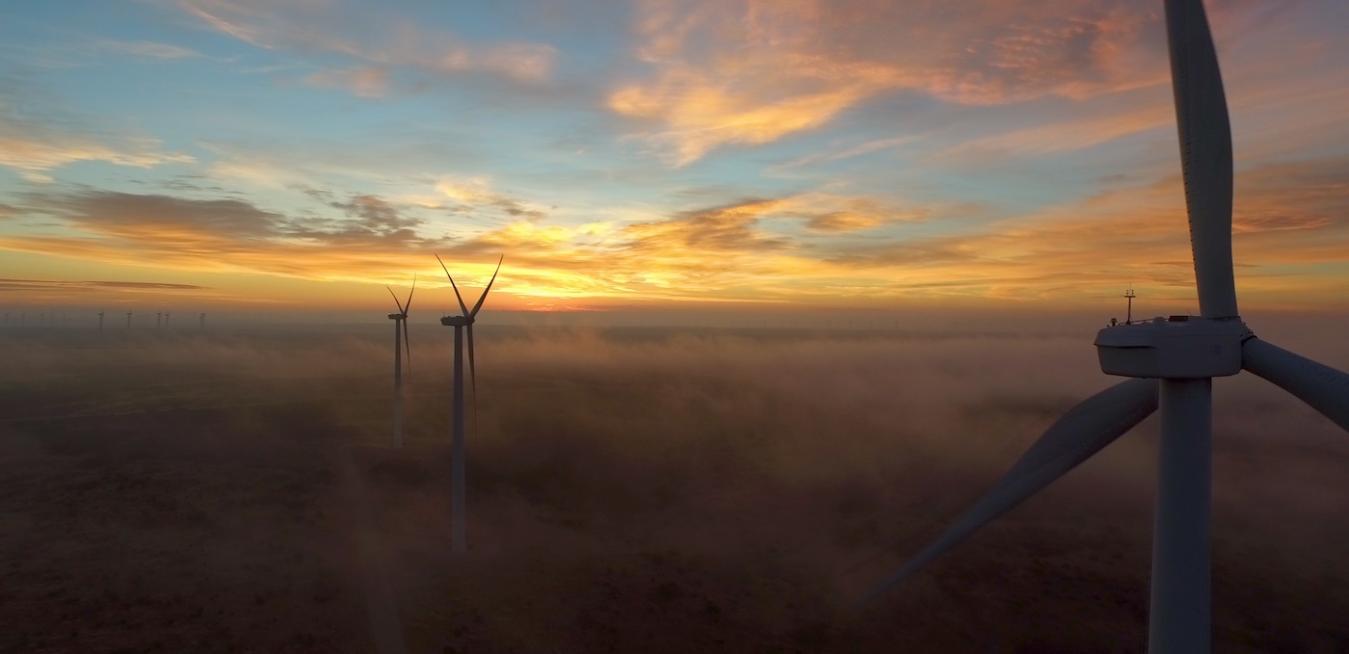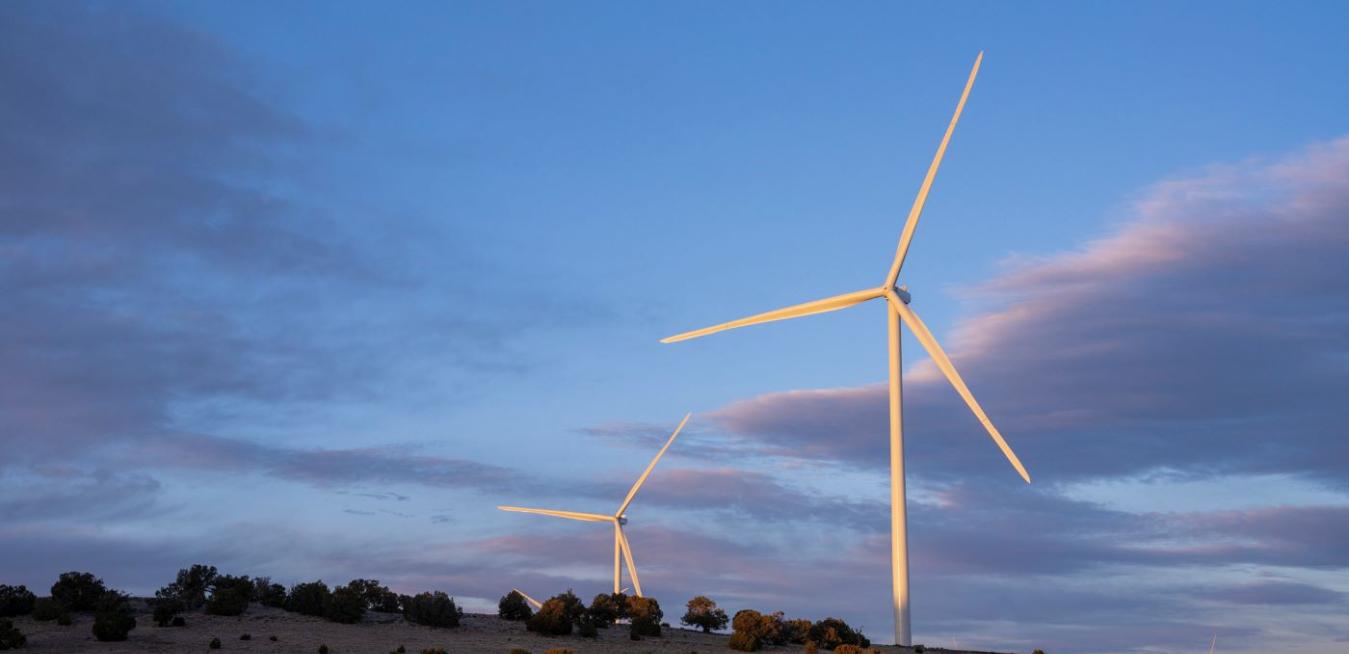With GE Vernova standing at the threshold of becoming a new purpose-built, energy-focused company in a few short weeks, it’s worth noting the inspiration for its name. It is, says the company, “a combination of ver, derived from verde and verdant to signal the greens and blues of the Earth, and nova, from the Latin novus, or ‘new.’” Novus also happens to be one of the roots of the word “innovation,” a pillar of GE from its founding. Innovation, then, is literally in the company’s DNA.
The world has faced myriad challenges in recent years, from challenges to energy security and extreme weather events impacting the grid to the COVID-19 pandemic and the macroeconomic turbulence it caused. These have helped to catapult sustainability to the top of the boardroom agenda, with companies now striving both to succeed as a business and in contributing to solving some of the world’s most pressing challenges at the same time.
GE'nin gaz ve rüzgâr türbinlerinden hidroelektrik enerjiye kadar uzanan enerji teknolojisi, önümüzdeki 60 saniyede milyonlarca haneye bir saat yetecek kadar elektrik üretecek. Aynı zamanda, GE veya ortakları tarafından üretilen jet motoru teknolojisiyle donatılmış yaklaşık 30 uçak her iki saniyede bir göklere çıkacak.
If GE Aerospace’s recent deal-signing activity at the Paris Air Show is any indication, the market for wide-body commercial jets appears to be getting some of its mojo back after years of sluggish growth exacerbated by the COVID-19 pandemic.
Over the next 60 seconds, GE’s energy technology, from gas and wind turbines to hydroelectric, will generate enough electricity to supply millions of households for an hour. In that same time, around 30 aircraft equipped with jet engine technology made by GE or one of its partners will take to the skies — one every two seconds.
Next week at Le Bourget Airport, north of Paris, more than 300,000 people are expected to descend — many of them literally, from the skies — for the oldest and most important gathering of the aviation industry. It’s a tradition going back to 1909, when a Blériot type XI monoplane captivated showgoers after having completed, just months before, the first successful flight across the English Channel.
Its name is confined to one neat square on our April calendars, but Earth Day’s impact continues to grow 53 years after its inception. The increasing urgency of climate change has spun a once-grassroots conservation effort into a global sustainability movement.
As Earth Day approaches on April 22, GE Reports spoke to two GE Aerospace leaders about sustainability efforts moving the company forward and how they are critical and entwined in the broader movement known as ESG: environmental, social, and governance.
In 2023, the United Arab Emirates is taking center stage in the global efforts to address climate change and sustainability. This past week, leaders gathered for Abu Dhabi Sustainability Week, kicking off a year of events leading up to the UAE-hosted COP28 at the end of the year. This momentum, following on the heels of the successful COP27 in Egypt — the “implementation COP” — will help continue driving positive action in emerging markets and globally for the decade to come.
When India faced growing electric power needs at the start of the 20th century, it turned to GE. The company was still young — founded by Thomas Edison less than ten years earlier — but already it was proving itself a leader in technology and innovation. GE partnered with the state of Mysore in southern India to build a hydroelectric dam at Shivanasamudra Falls, which began generating power in 1902. It was the first hydroelectric dam in all of Asia, and the first of hundreds of power generation projects of all kinds that GE and the people of India would go on to build together.
On Tuesday at Climate Week NYC, GE Chief Sustainability Officer Roger Martella said that the $369 billion in clean energy and climate provisions in the Inflation Reduction Act, signed by President Biden in August, are “a game changer” for GE. By “driving energy innovation and security while addressing climate,” the bill puts the company in a position to deploy technologies and innovate breakthroughs to solve the world’s most pressing climate and sustainability challenges.














